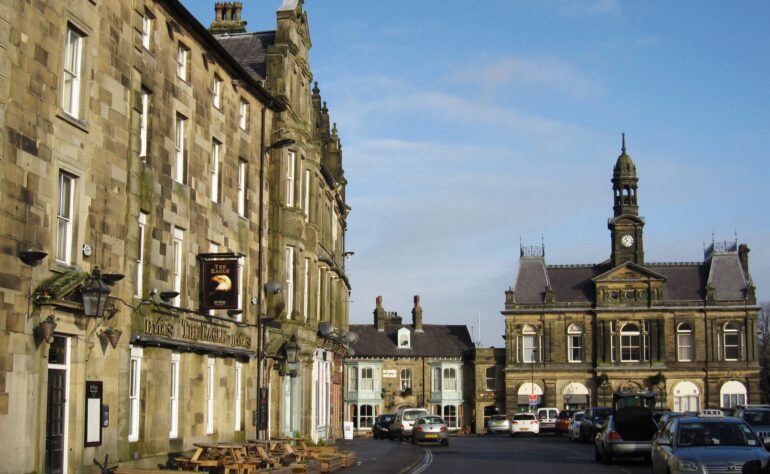High Peak Borough Council has backed an end to heather burning to save the region’s peat moors from being damaged for grouse shooting.
The local authority has called for the environmentally harmful practice, which is performed to provide younger, more nutritious heather to be eaten by grouse reared for shooting, to stop to help tackle climate change and protect biodiversity.
Cllr. Anthony Mckeown, Leader of High Peak Borough Council, said:
“High Peak Borough Council does not own any moorland used for grouse shooting but we are concerned about the damage done to moorland biodiversity and the regeneration of healthy peat bogs by the practice of burning.
“We would support the calls made by many other councils in the area for the government to follow its own advice and make a complete ban and to work with land managers to promote more sustainable techniques that will enrich our countryside.”
The nation’s peatlands store more carbon than all the forests in the UK, France and Germany combined. But grouse moor burning has become the biggest threat to some of the country’s most important conservation sites. Subsequently, only 4% of England’s upland peat is in favourable condition which is converting these important habitats from carbon stores into carbon emitters.
In recognition of the environmental damage caused by burning the government introduced a partial ban on the practice in May, acknowledging that “burning is damaging to peatland formation” and “makes it more difficult or impossible to restore these habitats to their natural state”.
However, Wild Moors is warning that many of Britain’s grouse moors, including some of those in the High Peak, are exempt from the new rules because they are located on degraded shallow peat, not blanket bog. This is despite them urgently needing to be restored to a healthier, deeper state to help tackle climate change and flooding.
The Climate Change Committee, which advises the government on environmental action, has recommended that grouse moor burning is completely banned to protect peatlands from further damage.
Luke Steele, Executive Director for Wild Moors, said:
“It’s past time to put an end to the burning of sensitive peatlands for grouse shooting — a practice which degrades fragile ecosystems, releases climate-altering gasses into the atmosphere and worsens flooding in communities downstream from grouse moors.
“With burning continuing on grouse moors across northern England, we commend High Peak Borough Council for giving its support for an end to burning to help save the region’s peatlands from further damage.”
– ENDS –
Notes for editors:
- Wild Moors works to unlock an area of uplands the size of Greater London from grouse shooting for nature restoration by 2030. By working with communities, companies and government, Wild Moors acts as a catalyst for effective and lasting change.
- Research by the University of Leeds and others has found that grouse moor burning degrades peatland habitat, reduces biodiversity and increases flood risk.
- Print quality photographs and broadcast quality footage of burning on grouse moors are available to download here, with full permission granted for re-publication.
